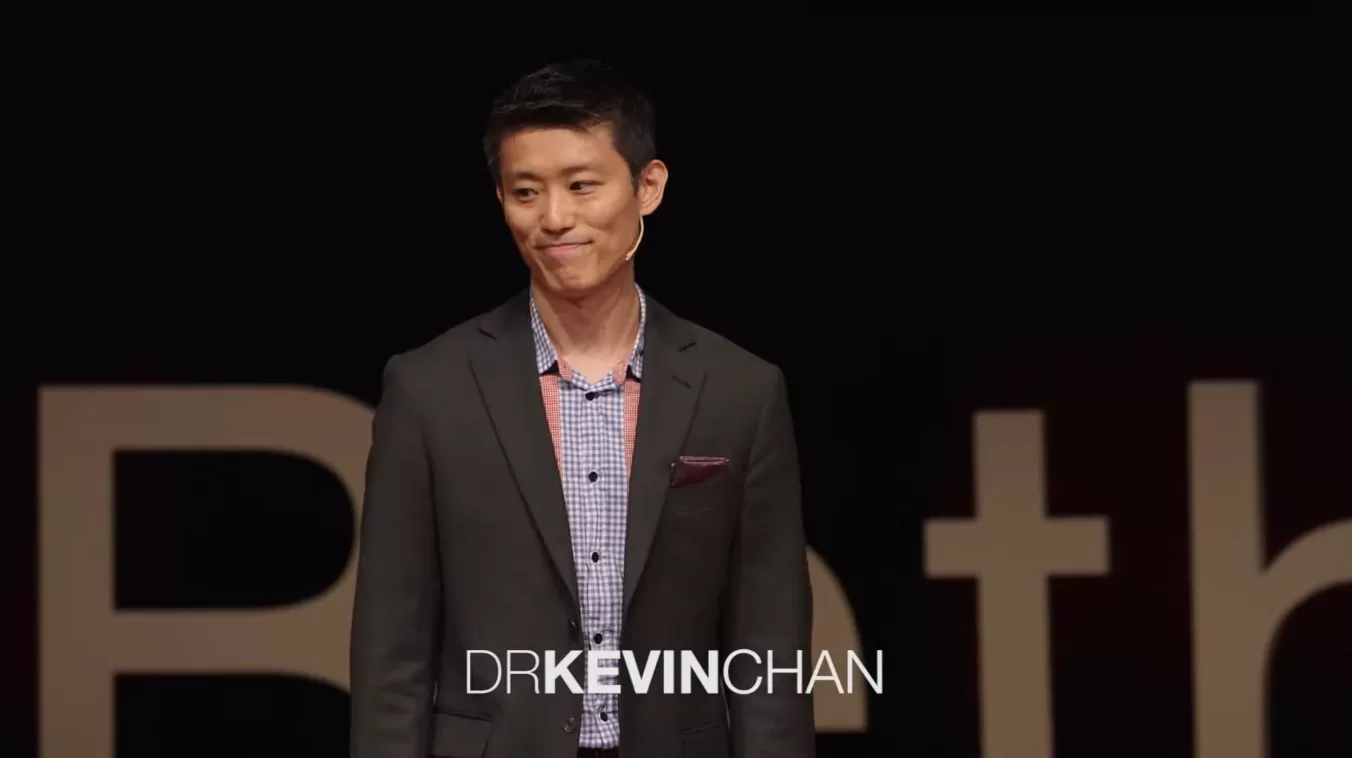Dr. Kevin Chan, an optometrist specializing in pediatric vision care, gave an impassioned speech recently calling attention to the global health crisis of increasing nearsightedness among children worldwide.
Speaking at a local TEDx event, Dr. Chan outlined the concerning statistics around juvenile myopia, also known as nearsightedness. He argued that this issue is too often overlooked and more action is critically needed to curb this preventable deterioration of children’s vision.
Specialist Shares Uplifting Patient Story
Dr. Chan opened his remarks by sharing an uplifting story about a 7-year-old patient named Sarah. After her annual exam, Sarah had privately thanked the optometrist for being “a little different” from other eye doctors.
Sarah explained that Dr. Chan didn’t just give her stronger glasses each year as her nearsightedness progressed – instead, he provided treatment to stabilize her vision and allow her to see clearly without relying on glasses day-to-day.
Mission is Healthy Vision for Children
This story illustrated Dr. Chan’s overarching mission to help children achieve their best possible vision. While an average day in his clinic may seem routine, he said, it can create pivotal positive transformation for young patients like Sarah.
Human Vision More Sophisticated Than We Realize
Dr. Chan went on to explain that human vision is far more complex than most people realize, involving over 30 distinct regions of the brain. He noted that up to 40% of our brain is devoted to processing visual stimuli, compared to just 8% for tactile and 3% for auditory.
Vision Loss Can Lead to Fear and Difficulty
Given the sophistication of the visual system, Dr. Chan stressed that loss of vision can drive people to substantial fear and difficulty functioning. He urged the audience to appreciate the gift of natural healthy vision if they possess it.
Myopia Reaching Epidemic Levels in Children
Pivoting to his core focus, Dr. Chan shared alarming statistics that illuminate the global epidemic of juvenile myopia. Key figures he cited included:
- Myopia rates have surged 66% in just the last 30 years
- It’s estimated that nearly 5 billion people worldwide will be nearsighted by 2050
- In the U.S., nearsightedness in children has doubled from 25% to 44% since the 1970s
Increased Lifelong Risks of Blindness
Dr. Chan emphasized myopia is not a minor nuisance – it significantly escalates risks of retinal damage, detachment, and blindness later in life. He argued that conventional solutions like glasses and contacts only treat the symptom, not the underlying deterioration.
New Approaches Urgently Needed
Given the skyrocketing rates of nearsightedness among children, Dr. Chan asserted that new clinical approaches are critically needed to truly curb progression of myopia and prevent further harm to children’s vision.
He highlighted innovative treatments like orthokeratology and increased outdoor time, which have shown initial promise in slowing elongation of the eye over time. Further research is illuminating pharmaceutical and specialty contact lens options as well.
Calls for Education and Action on Children’s Vision
In his concluding remarks, Dr. Chan made an impassioned call for greater education and urgent action around protecting children’s vision. He compared vision care to good nutrition – it should be a top priority in giving kids the best shot at a healthy future.
The optometrist urged parents, doctors, and the wider public to prioritize children’s vision, talk openly about the myopia crisis, challenge outdated norms in vision correction, and advocate for clinically proven treatments that can prevent progression of nearsightedness.
About the Speaker
Dr. Kevin Chan is the Director of Treehouse Eyes, the only medical practice in the U.S. exclusively dedicated to myopia management in children. He obtained his Doctor of Optometry and Masters in Vision Science from the New England College of Optometry and is a Fellow of the American Academy of Optometry.


